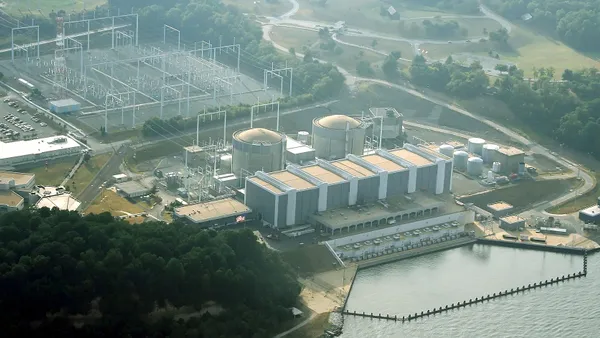Dive Brief:
- New analysis from IHS shows over 32 GW of solar projects larger than 5 MW are in development around the country, with 70% of the capacity planned for California, North Carolina and Texas.
- Developers are racing to have projects operational before the 30% federal energy investment tax credit expires at the end of next year.
- But only about half of the planned capacity is slated to come online in 2015 and 2016, PV Magazine reports, meaning some of the projects are likely to be scrapped if they do not qualify for the tax incentive.
Dive Insight:
Federal tax incentives for utility and commercial solar investments will step down from 30% to 10% at the beginning of 2017, meaning some projects on the drawing board may not be economical if they are not completed in time. While IHS estimates about 32 GW of capacity is currently being considered, it is unclear how many of those will meet the deadline and which projects will fold if they do not.
Only about half of the capacity is on track to meet the Dec. 31, 2016 deadline, according to IHS.
Lawmakers are considering extending the credit, but it appears unlikely that will happen for utility projects. But Christine Beadle, a senior analyst for IHS, told PV Magazine that "there is some indication that an extension of the 30% might be signed into law for residential and commercial installations."
The firm said that delays in permitting and approval, or inability to find a buyer for the power, are critical for projects working against the clock.
In California, where the bulk of projects have been proposed, some areas face difficult environmental challenges from Native American Tribes who fear artifacts could be destroyed.
Endangered species have also been a challenge: "One project, Imperial Solar Energy Center West, was already under construction when work was halted for a few weeks earlier this year because the flat-tailed horned lizard became a possible candidate for protection under the California Endangered Species Act," IHS pointed out.
“Newly proposed projects appear to be primarily located in less contentious areas and developed at sizes that are likely to promote a high potential for success in a short time,” Beadle said in a statement. “Recent project approvals by the Bureau of Land Management encourage installations in designated Solar Energy Zones.”
Most of the new proposals are in the 20 MW to 100 MW range, IHS said. About 44% of the pending solar projects are in California. North Carolina is seeing significant development also, and about 19% of the projects are planned there. Texas and Nevada have 7% and 5%, respectively, of the planned additions.














